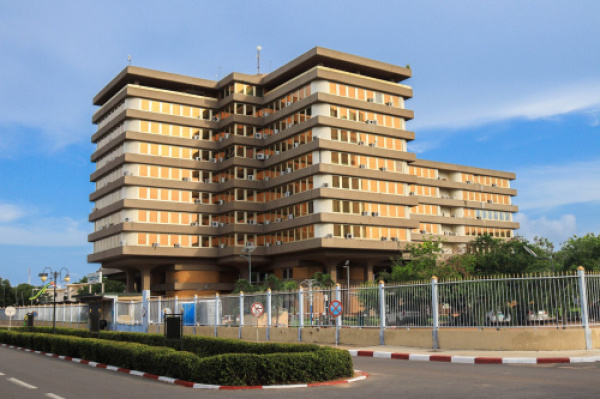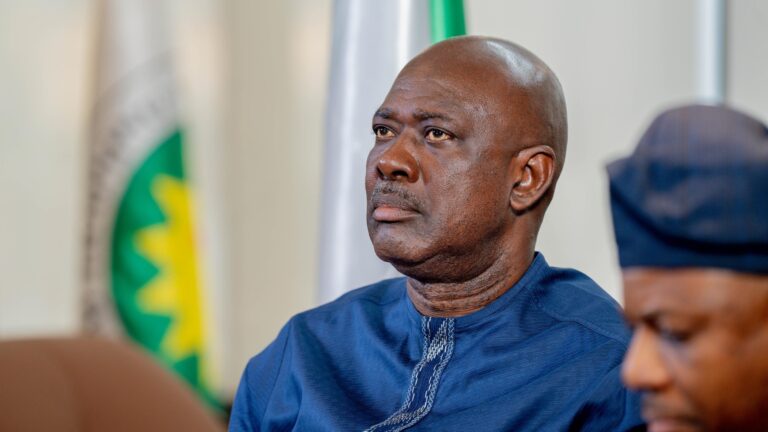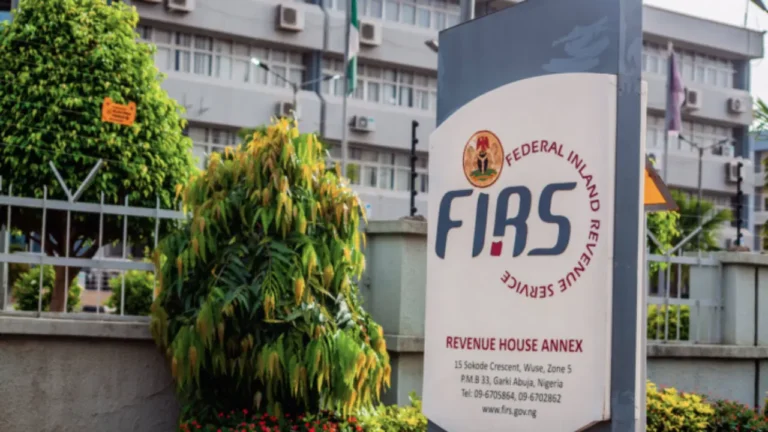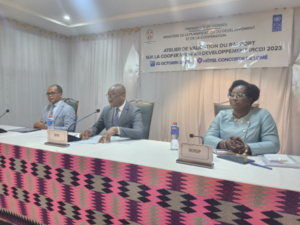Togo public debt is evolving, moving towards greater international openness. Recent insights from the latest IMF report reveal this shift following a review under the Extended Credit Facility (ECF). The share of external debt in the country’s total debt increased from 28.3% before the Covid-19 pandemic to 41.1% between 2020 and 2024. This change marks a significant transition in Togo’s financial landscape.
This increase in external debt signifies a strategic rebalancing of Togo’s debt portfolio. By diversifying creditors, the country seeks to enhance its financial sustainability. This approach is crucial as it reduces reliance on any single source of funding. In today’s complex global economy, such diversification proves to be a wise decision.
Moreover, Togo is witnessing a growing presence of multilateral partners in its debt structure. These partners bring more than just financial resources; they offer technical assistance and expertise. Collaborating with multilateral organizations leads to effective project implementation and better outcomes. This partnership also bolsters Togo’s credibility on the international stage, making it more attractive for further investment.
As Togo embraces this international openness, it opens doors to more favorable financing conditions. Multilateral lenders often provide loans with lower interest rates and longer repayment terms. This access significantly alleviates the financial burden on the government. Consequently, Togo can allocate resources to critical areas like infrastructure, education, and healthcare.
Read more: NASENI’s Khalil Suleiman Halilu Shines Bright
However, this evolution in public debt comes with challenges. Increased external debt exposes Togo to global market fluctuations. If international interest rates rise or if the global economy changes dramatically, the country could face higher debt servicing costs. Therefore, careful management of debt levels is essential. Vigilant monitoring ensures that Togo maintains financial stability while pursuing growth.
The transformation of Togo’s public debt structure reflects a commitment to progress. By diversifying creditors and enhancing partnerships, the government aims to build a resilient economy. This strategy can lead to sustainable development and improved living standards for citizens. As Togo adapts to new financial realities, it must prioritize transparency and accountability in managing its debt.
Public engagement plays a crucial role in this process. Informing citizens about the changes in public debt helps build trust and understanding. When people are aware of government financial strategies, they become more supportive of initiatives aimed at economic growth. Public awareness fosters a sense of ownership and responsibility among citizens.
Furthermore, Togo should focus on enhancing its economic resilience. By investing in key sectors, the government can stimulate growth and create jobs. Strengthening local industries and promoting entrepreneurship will reduce dependency on external funding. A robust domestic economy will provide stability, allowing Togo to navigate global economic shifts more effectively.
In conclusion, Togo’s evolving public debt structure represents a significant step forward. The increase in external debt reflects a strategic move towards diversification and international collaboration. While this approach brings opportunities for better financing and technical support, it requires careful management to mitigate risks. As Togo embraces these changes, the government must prioritize transparency and public engagement. By doing so, Togo can pave the way for a brighter economic future, fostering resilience and sustainable development for its citizens.







